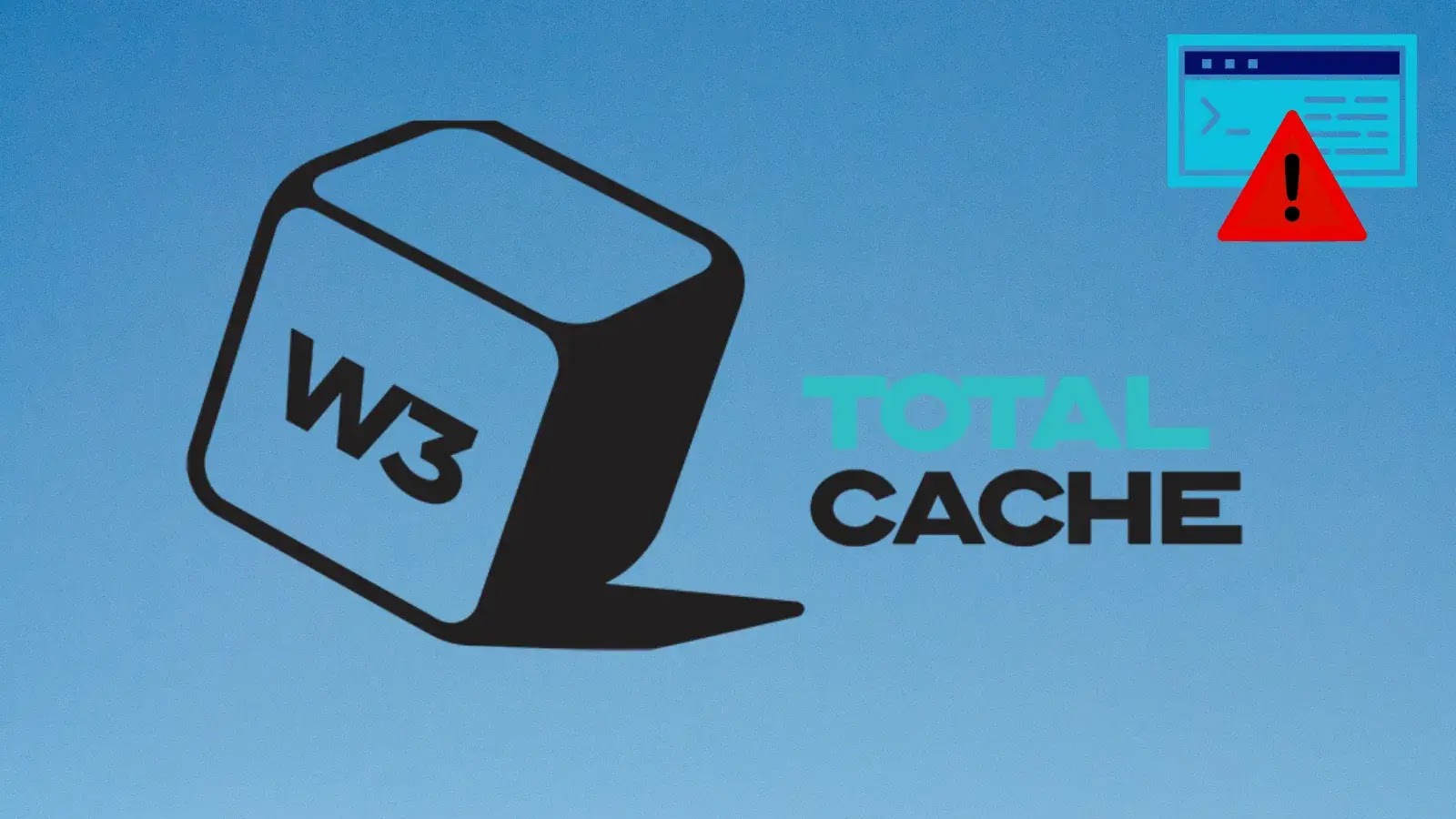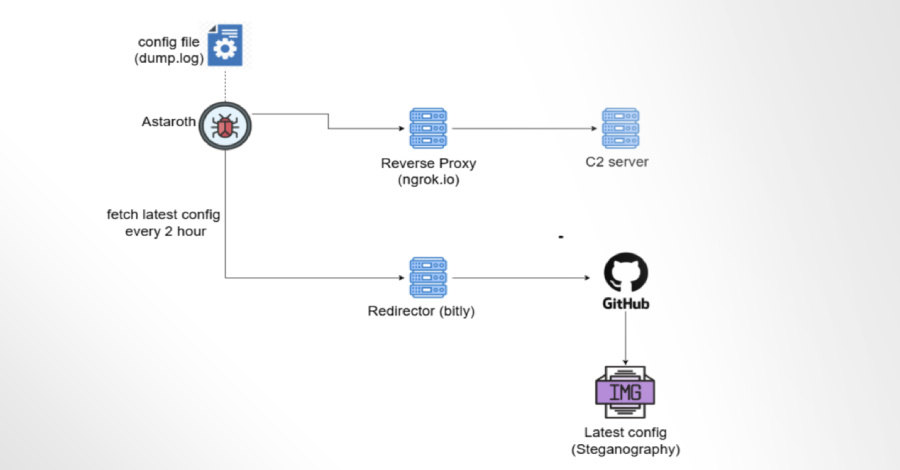A critical security flaw has been identified in the W3 Total Cache plugin, a widely used caching solution for WordPress, currently active on approximately 1 million websites. This vulnerability, designated as CVE-2025-9501 with a CVSS severity score of 9.0, enables unauthenticated attackers to execute arbitrary PHP commands on affected servers, posing a significant risk to website security.
## Understanding the Vulnerability
The root of this vulnerability lies in the `_parse_dynamic_mfunc` function within the W3 Total Cache plugin. This function processes dynamic function calls but lacks proper input validation. As a result, attackers can exploit this weakness by submitting malicious payloads through WordPress comment sections on any post. This method requires no authentication and minimal user interaction, making it particularly dangerous.
Technical Details:
– CVE ID: CVE-2025-9501
– Plugin Affected: W3 Total Cache
– Vulnerability Type: Command Injection
– Fixed Version: 2.8.13
– CVSS Score: 9.0 (Critical)
– CWE Classification: CWE-78: Improper Neutralization of Special Elements used in an OS Command (‘OS Command Injection’)
– Attack Vector: Comment submission with malicious payload
This vulnerability falls under the ‘Injection’ category, specifically CWE-78, indicating that attackers can execute arbitrary operating system commands with the privileges of the web server process.
## Potential Impact
Given the extensive use of W3 Total Cache, this vulnerability presents a substantial threat. Exploitation could lead to:
– Complete Server Compromise: Attackers may gain full control over the server, allowing them to manipulate or steal data.
– Malware Deployment: The installation of malicious software could disrupt website operations and compromise user data.
– Ransomware Attacks: Attackers might encrypt data and demand payment for its release.
– Website Defacement: Unauthorized changes to website content could damage reputation and trust.
The public disclosure of this vulnerability on October 27, 2025, underscores the urgency for immediate remediation to prevent potential exploitation.
## Recommended Actions
The developers of W3 Total Cache have addressed this critical issue in version 2.8.13. It is imperative for WordPress site administrators to:
1. Update the Plugin: Immediately upgrade to W3 Total Cache version 2.8.13 or later to patch the vulnerability.
2. Review Server Logs: Examine logs for any suspicious comment submissions or unusual PHP execution patterns that may indicate exploitation attempts.
3. Enhance Security Monitoring: Implement monitoring tools to detect unauthorized command executions, unexpected file modifications, or unusual outbound connections.
For organizations managing multiple WordPress installations, establishing automated patching systems can streamline the update process and ensure all sites are protected promptly.
## Broader Context
This incident highlights the ongoing challenges in maintaining the security of WordPress plugins. Similar vulnerabilities have been identified in other widely used plugins:
– LiteSpeed Cache Plugin: A cross-site scripting (XSS) vulnerability (CVE-2025-12450) was discovered, affecting over 7 million sites. The flaw allowed attackers to inject malicious scripts into web pages, potentially compromising user data. Administrators were advised to update to version 7.6 to mitigate the risk.
– Forminator Plugin: An arbitrary file deletion vulnerability (CVE-2025-6463) impacted over 600,000 installations. This flaw could enable unauthenticated attackers to delete critical system files, leading to complete site takeover. Updating to version 1.44.3 was recommended to address the issue.
– LiteSpeed Cache Plugin (CSRF Flaw): Another vulnerability (CVE-2024-3246) in the LiteSpeed Cache plugin exposed over 5 million sites to cross-site request forgery attacks, allowing attackers to inject malicious code. The issue was patched in version 6.3.
These examples underscore the importance of regular updates and vigilant security practices for WordPress site administrators.
## Conclusion
The discovery of the command injection vulnerability in W3 Total Cache serves as a critical reminder of the importance of proactive security measures. By promptly updating plugins, monitoring for suspicious activity, and implementing robust security protocols, administrators can significantly reduce the risk of exploitation and ensure the integrity of their websites.



